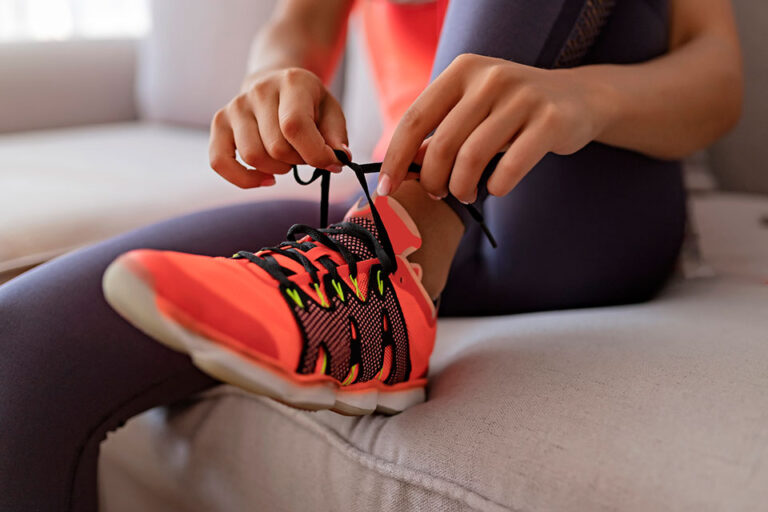The skin of the feet is impacted by the fungal illness known as the athlete’s foot (tinea pedis). It typically starts between the toes and can be brought on by a number of different fungi. Itchy, flaky, and red skin are the symptoms. People who wear tight-fitting shoes while perspiring frequently get “athlete’s foot.” In humid locker rooms where athletes frequently go barefoot, it is easily spread.
ATHLETE’S FOOT: WHAT IS IT?
An itchy, scaly red rash is the hallmark of an athlete’s foot. When you first remove your shoes and socks, they might be rather scratchy. Because it extends up the sides of the infected foot, the “moccasin” kind of athlete’s foot might be mistaken for eczema. Skin gets flaky and parched. The only difference between jock itch and ringworm is the area of the body that is affected by the fungus that causes athlete’s foot.
Athletes’ foot is more common in men, especially if they spend a lot of time in sweaty, ill-fitting shoes and socks. Walking barefoot in locker rooms, public showers, or saunas increases the risk, as does sharing bed linens and/or shoes with someone who has the condition. Keep in mind that if you contact any other parts of your body after scratching the infected foot, you risk spreading the infection to those locations as well. The fungus can spread to other body areas even from a towel used to dry the feet.

WHEN IS AN ATHLETE’S FOOT REALLY SERIOUS?
People who have lymphedema or type 2 diabetes should treat any infection seriously because they have impaired circulation in their feet. These small infections must also be taken seriously by those with weakened immune systems since they may swiftly worsen.
THE TREATMENT FOR ATHLETE’S FOOT
In healthy individuals, over-the-counter anti-fungal treatments are usually sufficient to treat an athlete’s foot. As mentioned above, patients with health issues like type 2 diabetes may need stronger topical or oral antifungal drugs that are prescribed by a doctor. Keeping the feet as dry as possible is another aspect of treatment.
In order to treat an athlete’s foot, consult a pharmacist. It’s unlikely that an athlete’s foot will get better on its own, but you can purchase antifungal medications for it at a drugstore. The typical working time is a few weeks.
TREATMENTS FOR ATHLETE’S FOOT INCLUDE
- Creams
- Sprays
- Powders
Not all of them are appropriate for everyone; for instance, some are only for adults. Check the package frequently or consult a pharmacist.
To find the one that works best for you, you might need to try a few different therapies.

To prevent an athlete’s foot from returning, you can continue using several prescription medications. Keeping your feet dry and tidy is also crucial. You don’t have to skip work or class.
Here are some do’s and don’ts below to follow :
Do’s :
- Dry your feet after washing them, paying special attention to the space between your toes. Instead of rubbing them dry, dab them.
- Use a distinct foot towel, and wash it frequently.
- If you’re at home, remove your shoes.
- Every day, put on fresh socks; cotton is preferred.
Don’ts :
- Avoid scratching the infected area of your skin as this can cause it to spread to other areas of your body.
- In areas like showers and changing rooms, wear flip-flops rather than going barefoot.
- Never exchange socks, shoes, or towels with anyone else.
- Wear a different pair of shoes no more than two days in a row.
- Avoid wearing shoes that cause your feet to sweat and get overheated.
After receiving treatment, continue to heed these instructions to prevent the recurrence of the athlete’s foot. For additional advice, call Specialty Care Clinics at (469) 545-9983.
